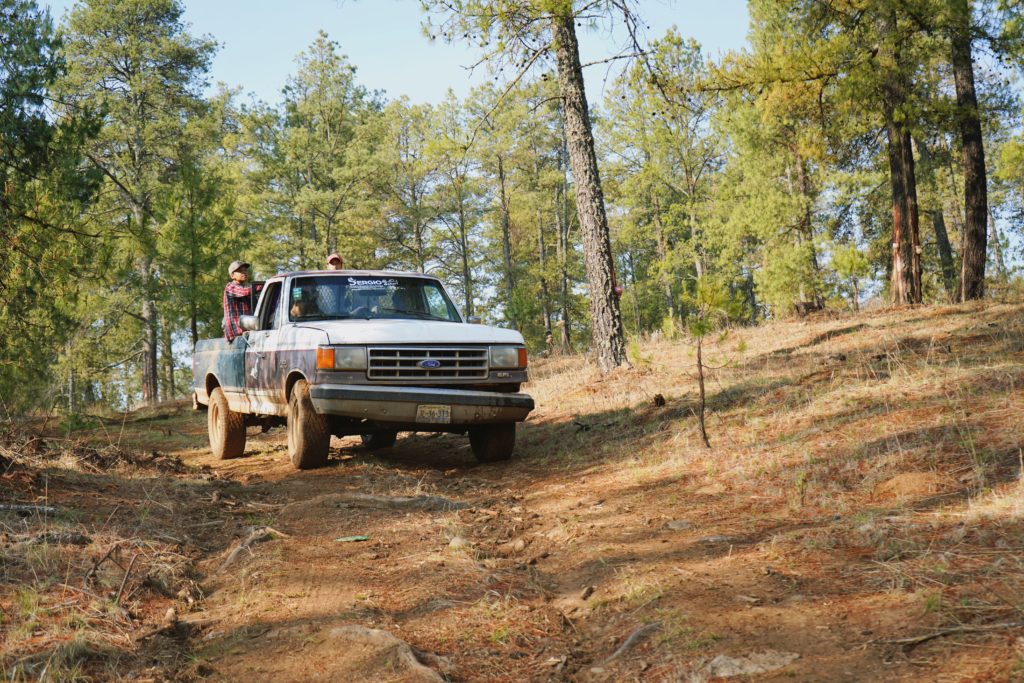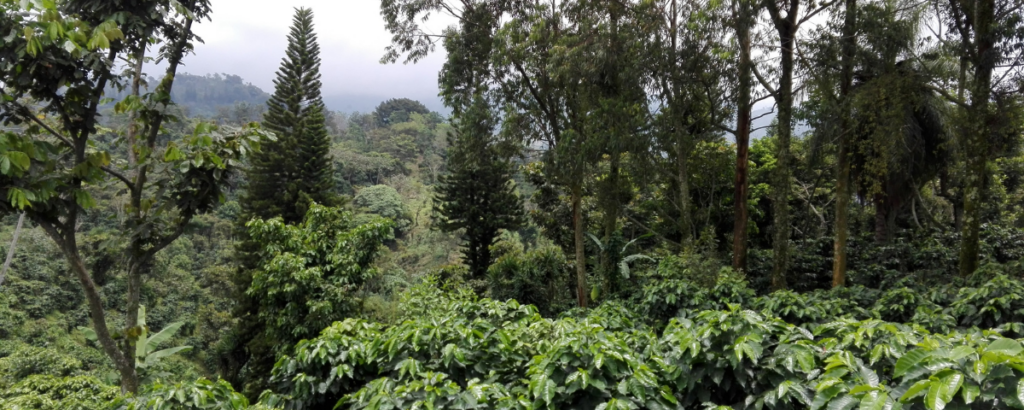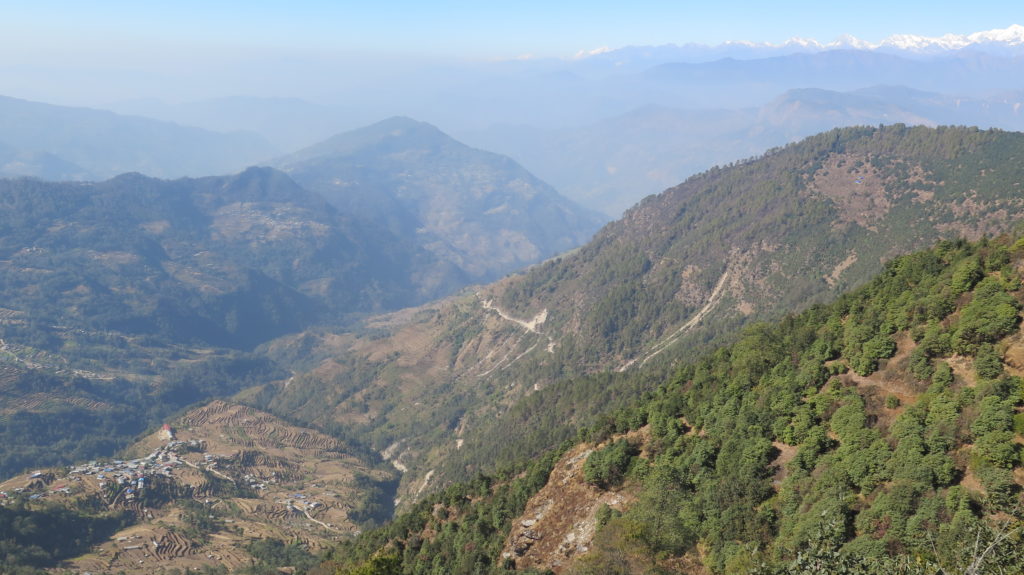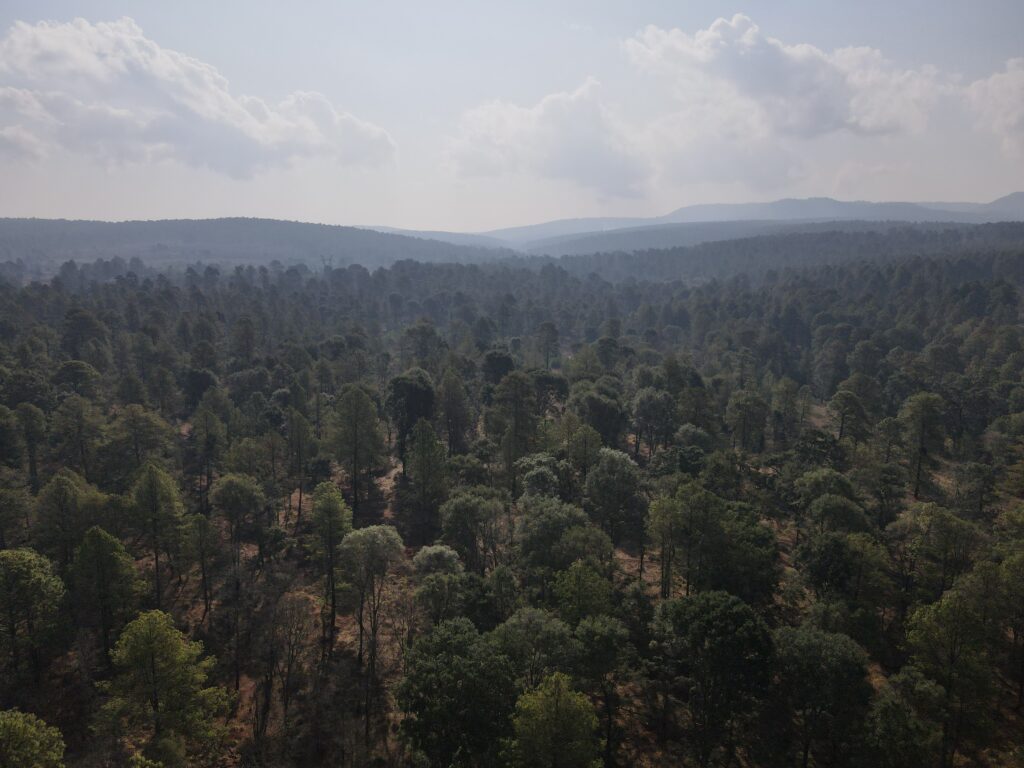
Case study
Strengthening Communities, Ecosystems & Local Economies
Differentiating carbon and biodiversity credits to generate additional funding for the landscape

South Pole is leading biodiversity conservation efforts and a REDD+ project in Antioquia, Colombia. The project aims to protect critically endangered species by developing activities that allow the forest and water sources to recover while creating alternative forest-friendly livelihood opportunities for local communities.
Protecting Threatened Species and Supporting Local Sustainable Development
The Nordeste and Magdalena Medio regions of Antioquia, Colombia, are known for their unique ecosystems and extraordinary biodiversity. Cocoa production and cattle grazing are essential to the region. However, the expansion of the agricultural frontier, deforestation, fauna and flora trafficking, and illegal mining have increased pressure on the area’s unique biodiversity, including iconic species such as the jaguar and blue-billed curassow.

In order to protect protect these species, South Pole is helping local landowners create diverse income streams that allow them to move away from practices that damage the environment. The partners also hope conservation actions will promote ecotourism. More funding is needed though to drive improvements that build a long-term sustainable, productive landscape that supports local livelihoods.
Using LandScale to Incentivize Sustainable Improvements
With their initial LandScale assessment, SouthPole could better understand the critical sustainability issues in the 100 km2 landscape, support the alignment of public and private sector efforts to address the problems and establish a baseline to measure their efforts against.

Over time, transparent reporting of landscape-scale improvements could help differentiate carbon credits generated from the REDD+ project and biodiversity credits by making them a more attractive prospect for investors, thus channeling additional funding into the landscape. Demonstrated sustainability performance could also add value to goods and services produced in the landscape, expanding the market with more sustainable products and supporting local economies.
The incentives generated through differentiated carbon and biodiversity credits would flow directly to stakeholders in the landscape to improve livelihoods and production systems, becoming an example for other landscapes in Colombia and worldwide.

